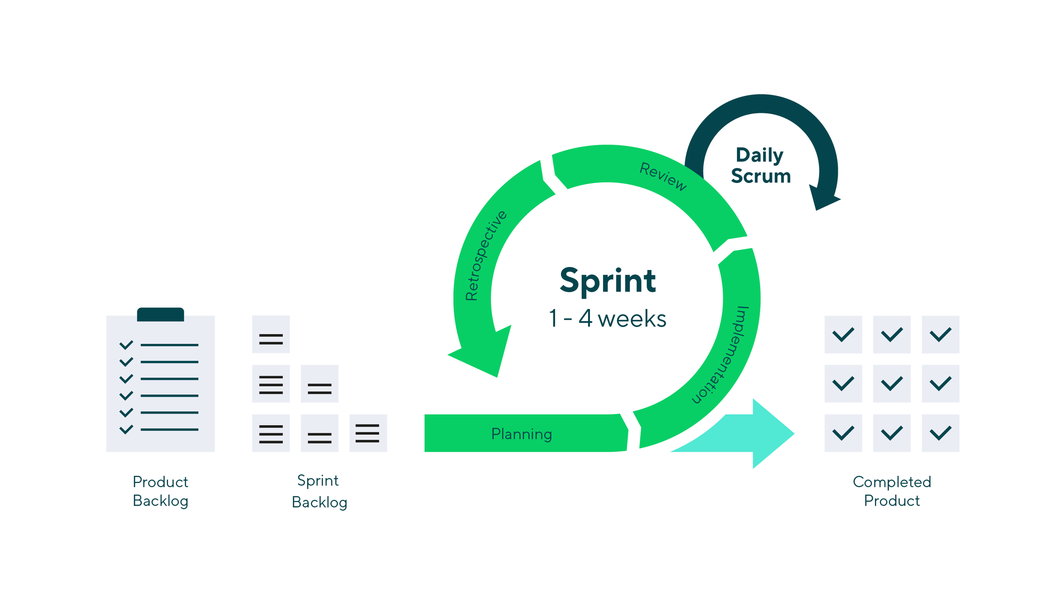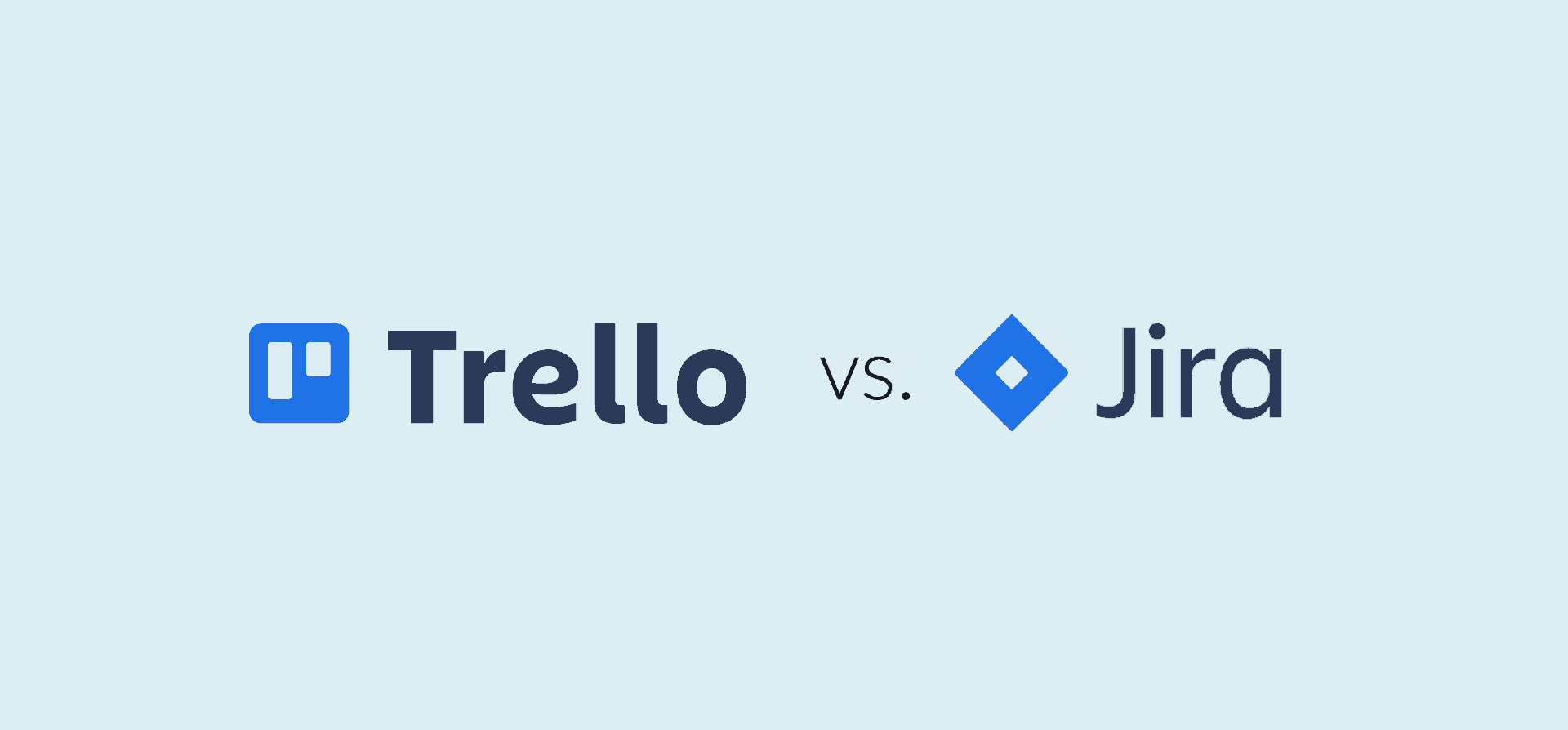"Agile. Ring any Bells?"
1. Introduction to Agile Methodology
2. What is Agile Methodology?
Agile is a project management and product development approach that emphasizes flexibility, collaboration and continous improvement with aa repetitive workflow. Unlike traditional processes that rely on a linear execution, Agile breaks the project into smaller managable increments called Sprints.
Each Sprint focuses on delivering a functional piece of the project, allowing teams to adapt and refine their work based on feedback and changing requirements with each increment.

Imagine Agile as a building a Lego Set,
Instead of trying to assemble the entire structure at once, You build it section by section, testing and improving as you go. This iterative approach ensures that the final product meets the user requirements and adapts to evolving demands.
3. The Agile MindSet
In the simplest way of understanding, Agile is more of a mindset than just a process that focus on 4 key values,
1.Individuals and Interactions
2.Working solutions
3.Customer Collaboration
4.Responding to Change
These value the importance of people,progress and adaptability. Agile encourage teams to,
Value collaboration
deliver tangible results
Embrace change as a part of process.
4. How Agile Works
agile operates through a series of structured yet flexible practices.namely,
Sprints:short time boxed work cycles(1-4 weeks) where team focus on completing specific tasks or deliveribles
Daily Stand-Ups:Daily meetings where team members share progress,discuss challenges and plan next steps
BackLogs:Prioritized List of Tasks(features,user stories , uml diagrams) that guide the team's work.
Retrospectives:Post-sprint meetings that makes a feedback of each sprint
with these components creates a cycle of planning,execution,reflection enabling teams to work efficiently and adapt to changes.
5. Benefits of Agile Methodology
Agile offer many pros for teams and organizations,
Flexibility: Agile embrace change allowing teams to advance rapidly with evolving information
Faster Delivery: By breaking projects to segments agile enable teams to value stakeholders more frequently
Improved Collaboration: Agile provides open communication and teamwork ensuring a common aim and teamwork
Continous Improvement: Regular retrospectives encourage teams to learn from their experiences and refine processes over time
6. Tools
Project Teams and Organizations use Applications such as Jira, Trello that provides Agile Methodology put to practical use.
In conclusion, Agile empowers teams to work smarter,adapt faster,deliver optimized results.




Comments
Post a Comment